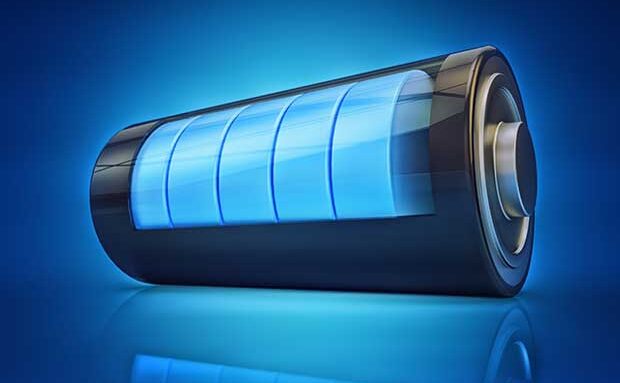It is inevitable that capacity loss occurs during the battery cycling process. Capacity loss can affect the performance, reliability, and safety of lithium batteries. It can also increase the cost and environmental impact of battery usage. Therefore, it is important to understand what causes lithium battery capacity loss and how to prevent or minimize it.
What is Lithium Battery Capacity Loss?
Capacity loss or capacity fading is a phenomenon observed in rechargeable battery usage where the amount of charge a battery can deliver at the rated voltage decreases with use². In other words, capacity loss is the reduction in the usable capacity of the battery.
Capacity loss can be measured by comparing the initial capacity of a new battery with the remaining capacity after a certain number of cycles or a certain period of time. For example, if a new battery has an initial capacity of 1000 mAh and after 500 cycles it has a remaining capacity of 800 mAh, then the capacity loss is 20%.
What Causes Lithium Batteries Capacity Loss?
1. Self-discharge
Li-ion battery self-discharge is the natural capacity loss when the battery is not used. If the battery is left to self-discharge for a long time, lithium ions will be deposited, increasing the imbalance of capacity between the two electrodes of the battery, resulting in the Li-ion battery losing capacity.
2. Temperature
Extreme temperatures, whether too hot or too cold, can stress a battery and accelerate capacity loss. Prolonged operation at elevated temperatures increases the side reactions of the battery (such as electrolyte decomposition), resulting in irreversible loss of capacity. When operated for a long time at a lower temperature, the total resistance of the battery increases and lithium plating is likely to occur.
3. Formation of Solid Electrolyte Interface (SEI):
The electrolyte in a Li-ion battery forms a protective layer called the Solid Electrolyte Interface (SEI) on the surface of the electrodes. While the SEI is essential to battery function, it can also thicken and become less effective over time, reducing battery capacity and performance.
4. Charge and Discharge Rate
Excessive charge and discharge rates result in faster capacity loss of lithium-ion batteries. As the charge and discharge rate increases, the polarization resistance of the battery also increases, resulting in a decrease in capacity.
Looking for lithium batteries? SmarTEC LiFePO4 battery will be a good choice.
As a professional LiFePo4 battery and BMS manufacturer, SmarTEC offers customized services to meet all your needs. You can customize the voltage and capacity of the battery according to your energy needs. The SmarTEC lithium battery supports series and parallel connection to help you achieve greater capacity.


